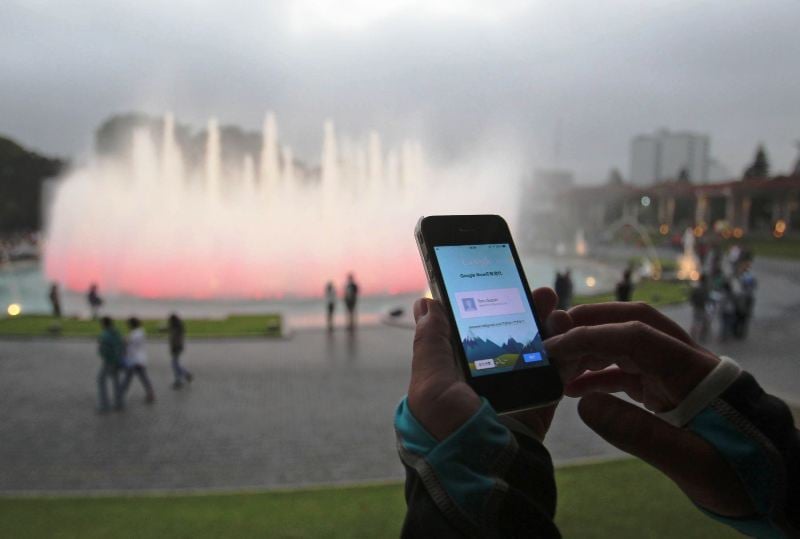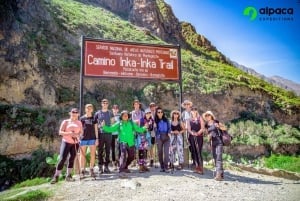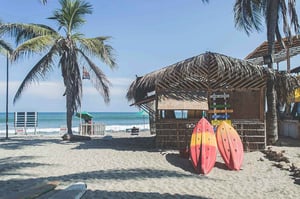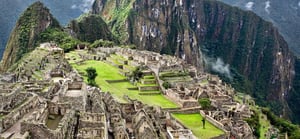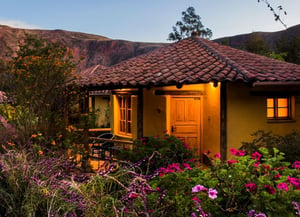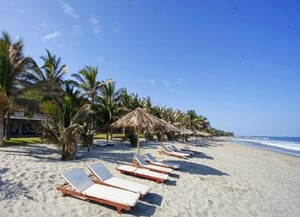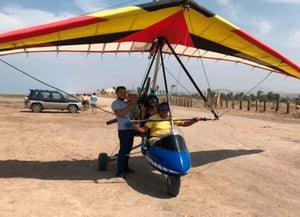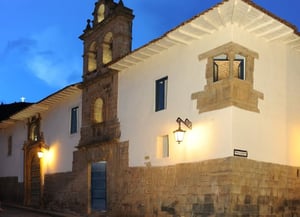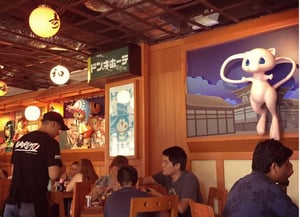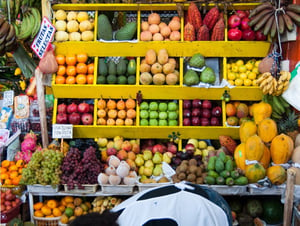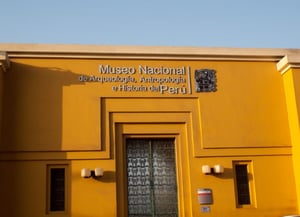Peru communications
The Peruvian postal service is reasonably efficient, if slightly irregular. Letters from Europe and the US generally take around one or two weeks - occasionally less - while outbound letters to Europe or the US seem to take between ten days and three weeks. Stamps for airmail letters to the UK, the US, and to Australia and New Zealand all cost around $1.
Be aware that parcels are particularly vulnerable to being opened en route - in either direction - and expensive souvenirs can't be sure of leaving the building where you mail them. Likewise, Peruvian postal workers are liable to "check" incoming parcels which contain cassettes or interesting foods.
Poste restante
You can have mail sent to you poste restante care of any main post office (Correo Central), and, on the whole, the system tends to work quite smoothly. Have letters addressed: full name (last name in capitals), Poste Restante, Lista de Correos, Correo Central, city or town, Peru. To pick up mail you'll need your passport, and you may have to get the files for the initials of all your names (including Ms, Mr, etc) checked. Rather quirkily, letters are sometimes filed separately by sex, too - in which case it's worth getting both piles checked. Some post offices let you look through the pile, others won't let you anywhere near the letters until they've found one that fits your name exactly.
Telephones
With a little patience you can make international calls from just about any town in the country. In recent years the telephone system has dramatically improved, partly due to being taken over by a Spanish telephone company and partly because of modernization and an increasing use of satellites.
All Peruvian towns have a Teléfonica del Peru office, which offers an operator service; give the receptionist your destination number and they will allocate you to a numbered phone booth when your call is put through (you pay afterwards). These offices also have phones taking cards. In Lima, the central Teléfonica del Peru office is often crowded, so a better option is to phone from your hotel or from the street telephone kiosks .
The media
There are many poor-quality newspapers and magazines available on the streets of Lima and throughout the rest of Peru. Many of the newspapers stick mainly to sex and sport, while magazines tend to focus on terror and violence and the frequent deaths caused by major traffic accidents. The two most established (and establishment) daily newspapers are El Comercio and Expreso; the latter devoting vast amounts of space to anti-Communist propaganda. El Comercio is much more balanced but still tends to toe the political party of the day's line. El Comercio 's daily Seccion C also has the most comprehensive cultural listings of any paper - good for just about everything going on in Lima. In addition, there's the sensationalist tabloid La Republica, which takes a middle-of-the-road to liberal approach to politics; and Cambio provides interesting tabloid reading. One of the better weekly magazines is the fairly liberal Caretas, generally offering mildly critical support to whichever government happens to be in power. There's one environmental and travel magazine - Rumbos - which publishes articles in both Spanish and English and has excellent photographic features.
The Internet
Peru has good Internet connections, with cyber cafés and Internet cabins in the most unlikely of small towns breaking down barriers of distance more effectively than the telephone ever did. Lima and Cusco have abundant Internet facilities, closely followed by Arequipa, Huaraz, Puno, Iquitos and Trujillo; beyond that it gets a little patchy, but the odd public access office or café does exist and many hotels now offer access too. The general rate is $1.20-1.75 an hour, though thity- and fifteen-minutes options are often available.


